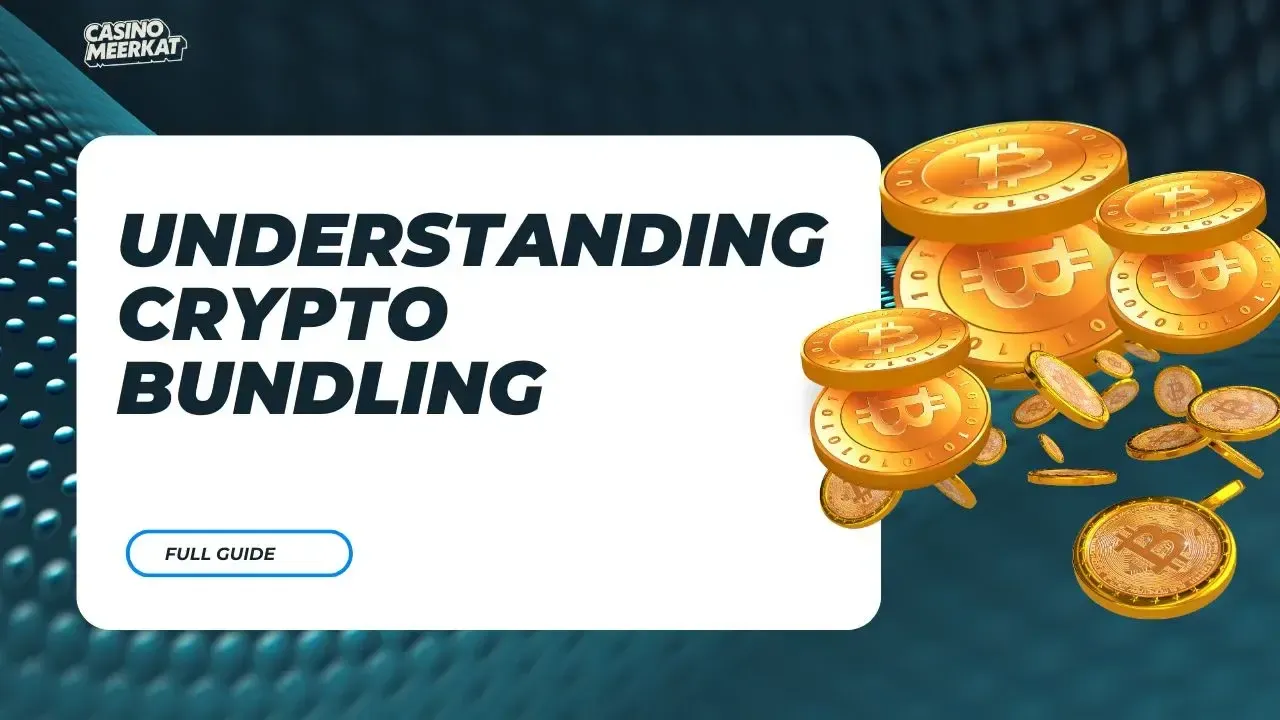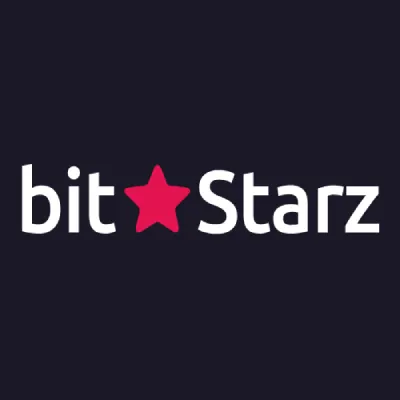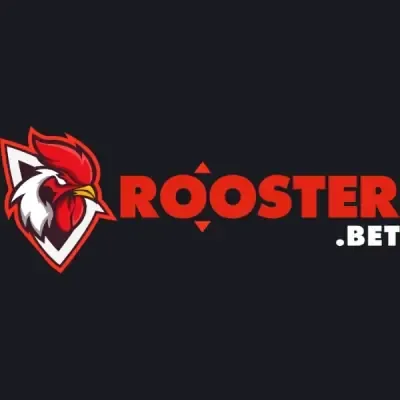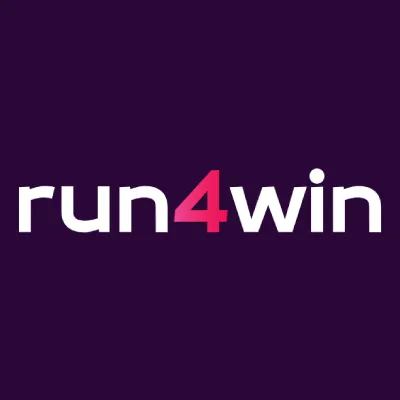
Crypto bundling has taken the blockchain transaction by storm. As the adoption and application of cryptocurrencies grow daily, issues like network congestion and higher gas fees have increased.
These problems have given rise to the newest blockchain innovation, crypto bundling. This innovation solves most of the existing issues within the crypto transaction and is laying the foundation for optimizing it even further. So, in this blog, we will understand what crypto bundling is and what it matters today.
Crypto Bundling Explained
Crypto bundling is the process of combining multiple individual transactions into a single consolidated transaction. Why is crypto bundling done? This technique reduces the burden on blockchain platforms by minimizing the number of separate entries that need to be processed and stored. This is more important today than ever, as the adoption of crypto is increasing, as is the number of transactions.
If you are still confused, think of crypto bundling like ordering groceries in bulk instead of placing separate orders for each item. It's more efficient, less costly, and faster to process.
There are many tools and platforms for crypto bundling, such as Decentralized applications (dApps), crypto block builders, and bundle validators. These tools and platforms are common in industries with very high transaction volumes, such as DeFi, NFT minting, Crypto gambling, and Web3 gaming.
How Bundled Blockchain Transactions Work
Bundled blockchain works just like a traditional blockchain, with just a few simple twists. In a conventional blockchain setup, each crypto transaction is broadcast and verified one by one before being added to the ledger. This ensures transparency; there is no doubt about that.
However, as the transaction volume rises at an unprecedented rate, it is becoming difficult for blockchain platforms to handle it. Moreover, it is leading to a higher cost. So, new platforms have come up with bundled blockchain. With bundled blockchain transactions, a set of transactions is grouped together and submitted as a single transaction to the blockchain.
It does not end there; after submitting a single transaction, it is collected into a transaction batch and verified by a crypto bundle validator. After that, a crypto block builder inserts it into a block. Lastly, it is finalized through bundled transaction settlement, meaning the batch is treated as a single transaction for confirmation purposes.
What does it do? It results in faster processing with optimized space usage, and it often comes with lower gas fees. What can be better than that?
Benefits of Crypto Bundling
Crypto bundling is gaining traction and wide adoption because of its benefits. Here are some of the biggest advantages of this trend, which is increasing its popularity.
- Lower Gas Fees: Crypto bundling collects and finalizes many transactions into one. Fewer individual transactions mean lower overall gas fees and costs. This is ideal for those who usually have to make multiple transactions.
- Network Efficiency: As the number of transactions decreases, the blockchain platform experiences less congestion and a faster transaction process. This also leads to significantly speedier confirmation times.
- Privacy: Bundled transactions can obscure individual actions, offering limited anonymity, which means there is less concern about digital assets like money laundering.
- Scalability: Crypto bundling lays the foundation for supporting dApps with millions of users.
Block Bundling in Crypto
Block bundling for crypto takes things another step forward. This process does not just place and classify the transactions together but rather selects and arranges them so as to perform optimally or at maximum profit.
Let’s take an example to understand it better. In the Ethereum network, the block builders can use block bundling to optimize for MEV (Maximal Extractable Value). MEV is the possible value that can be extracted from reorganizing transactions in a block.
That said, this power dynamic has led to the rise of MEV relays and bundle validators. Moreover, even centralized block builders are rising in popularity. As a result, these factors are raising debates about decentralization and fairness in the digital currency world.
Transaction Bundling Strategies
There are various transaction bundling strategies. Each one is employed depending on goals such as cost-saving, speed, or arbitrage. So, your ideal strategy depends on your end goal. Some common methods include time-based bundling, value-based bundling, and function-based bundling.
First, there is time-based bundling, which involves grouping all transactions within a time window. Second, we have value-based bundling, which prioritizes high-value transactions to minimize fees. Finally, there is function-based bundling. This strategy involves grouping transactions with similar contract calls (like NFT mints).
Role of Bundling Bots in Crypto
The bundling of crypto has brought many benefits, and there is no doubt about that. However, the introduction of this process has brought many complexities to blockchain transactions. That said, with complexity comes automation. Now, we have bundling bots in crypto-automated programs.
These bots are designed to monitor mempools and group transactions according to defined strategies, which simplifies a lot of work and decreases manual steps to finalize the transaction. But what does a bundling bot do? Here are a few things they are programmed to do.
- Detect and notify of arbitrage opportunities. This helps in taking advantage of the price difference on different platforms.
- Group transactions for MEV optimization, one of the pillars for digital currency bundling.
- Reduce gas fees by bundling during low congestion.
Yes, these bots are useful. However, despite their usefulness, they raise many debates and concerns. Some bots are misused to exploit network timing for front-running, which gives them an unfair edge in fast-paced markets like DeFi or NFT launches.
On-Chain Bundling Techniques
On-chain bundling techniques are methods deployed in the blockchain universe to combine several transactions and process them more effectively (either directly on the blockchain or in ways leading to on-chain settlement). These techniques aim to decrease congestion, reduce gas fees, and increase transaction throughput without compromising on security and transparency.
Here are some of the most prominent on-chain bundling techniques:
- Rollups (Optimistic and ZK-Rollups): These Layer 2 solutions roll up thousands of transactions away from the main blockchain (Layer 1), off-chain, and package them as a single proof or batch.
- Flashbots: A solution to the MEV (Maximal Extractable Value) problem, Flashbots enable users and bots to send a bunch of transactions directly to miners or validators instead of posting them publicly.
- Batch Functions in Smart Contracts: Many DeFi platforms and dApps include batch operations, which allow the users to execute several actions (for instance, deposits, trades, or withdrawals) in one operation.
Bundled Transaction Fees: What to Know
Crypto bundling is a great innovation; there is no second thought about that. It saves gas fees and enables faster transactions. However, it does come with a fee. Though bundling reduces overall transaction fees, there’s a nuance: the bundled transaction fees may include a service fee by the bundler or validator.
These fees are typically lower than the cumulative individual gas fees, but can vary based on the network congestion. Likewise, the number of transactions in a bundle can dictate the cost. If there are too many transactions in the blockchain, your bundling fee might be high.
Lastly, you might have to pay based on the priority given by block builders. So, always decide if bundling is worth it. Compare the fee savings against potential delays or service costs charged by third-party bundlers. This way, you will always get the best value.
Challenges and Considerations for Crypto Bundling
Crypto bundling is improving the processing of digital asset transactions. However, as there are two sides to every coin, this new transaction process has some challenges and considerations. There is a decentralization risk from dominant bundlers or validators. When a small number of bundlers dominate most of the transactions, this can jeopardize the decentralized nature of the blockchain.
Similarly, it raises transparency issues regarding how the transactions are identified. Users may not be aware of the criteria used to include or exclude transactions in a bundle, causing fairness concerns.
In addition, there is a possibility of bot interruption and front-running exposure. Automated bots can tamper with the transaction ordering within bundles to exploit price changes or gain unfair advantages. So be careful before diving head first on this platform.
Conclusion
The bottom line is that crypto bundling is an important change in the processing of blockchain transactions. With the increasing rate of blockchain adoption, the demand for crypto bundling is growing as well. But one ought to be aware of the trade-offs. Centralization threats, transparency issues, front-running weaknesses, and regulatory uncertainty continue to be the prime issues for users and developers.
If you want to Try Bundled Crypto Transactions, you can go for it on These Top Casino Platforms. BC.Game, Stake, BitStarz, Wild.io, and Spirit Casino. Try out this new feature and also get a chance to earn some cryptocurrency.







